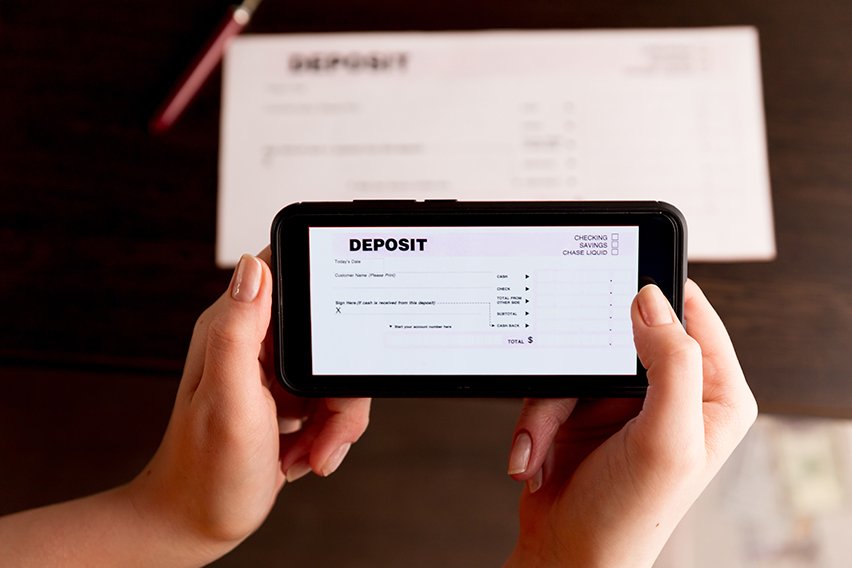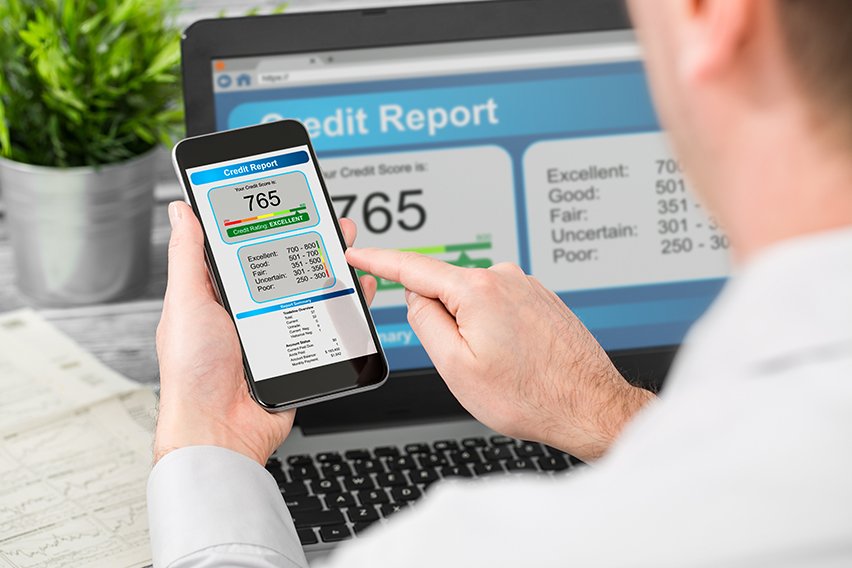What Is the Discount Factor & How to Calculate It?

When it comes to financial modelling, there is a lot to know and understand. And there can be even more to grasp if you are looking into certain types of investments. How can you determine if an investment is going to be worthwhile for your business or not?
One of the ways that you can do this is by calculating the discount factor. This helps to determine and measure the present value of cash flow and what it might be worth in the future. But what exactly is the discount factor and how can you calculate it?
Here is everything that you need to know about the discount factor.
Here’s What We’ll Cover:
Formula for Calculating the Discount Factor
How to Calculate the Discount Factor
Are There Benefits to Knowing How to Calculate the Discount Factor?
What Is the Discount Factor?
To keep things simple, the discount factor is a calculation that you can make to determine the net present value (NPV) of future cash flows. It’s basically a way for you to take cash flow and discount it back to its present value. This can come in handy if your business is looking to invest and wants to determine if the investment is worth it.
One of the best things about calculating the discount factor is that you can see the exact present value of each of your individual cash flows. This is instead of just seeing the total net present value. It’s a simple weighing term that’s commonly used in economics and mathematics.
By multiplying your future income or losses, you can determine today’s net present value. And there isn’t really a limit to where you can apply this. It can get applied to investments, services that you offer or goods that you sell your customers.
It’s frequently used when going through a corporate budget to see if a certain proposal will actually add value. But, any discount factor equation that you use is going to assume that the money you have today will be worth less in the future.
Why? Because you need to factor in things such as inflation. Which will end up giving the discount factor a value that ranges somewhere between zero and one.

Discount Factor and the Net Present Value
An important distinction to remember with the discount factor is that, while related to discount rate, they are different. The discount rate will take a close look at your current value of future cash flow. The discount factor is going to apply to the net present value.
That said, doing these calculations and having these factors handy will allow you to forecast more accurately. You can gain more insights into the expected profits or losses of an investment, for example.
Formula for Calculating the Discount Factor
There can be several different reasons and multiple uses for determining the discount factor. Some of the main reasons include:
- Calculating the net present value of future cash flows
- Assisting with certain financial modelling
- Completing an analysis of discounted cash flow
And it doesn’t matter which type of business that you operate or the industry that you’re in. The formulas for the discount factor can be used by investors, insurance companies and commercial banks, for example.
There can be two different approaches to take in order to calculate the discount factor. But whichever approach you use, the discount factor is going to be a function of your discount rate and the time period.
The easiest way to think about the discount rate is that it represents the total percentage of return that you can receive from an investment. And this is based on the idea that you would receive that return today, not in the future.
Why does that matter?
Pretend that you had one dollar today. If you do nothing with it, that same dollar that you have today isn’t going to be worth the same three years from now. This is since you would have missed opportunities to invest that one dollar to get a higher return on investment.
The formula to calculate the discount factor would look like this:
Discount Factor = (1 + Discount Rate) – Period Number
You can even rearrange the formula to look like this:
Discount Factor = 1 / (1 x (1 + Discount Rate) Period Number)
The easiest way to calculate the discount factor with these formulas would be by using Excel. But, let’s use the first formula for the examples since it can be a bit easier and a little more convenient to calculate.
How to Calculate the Discount Factor
Here are a few steps that you can take first to help figure out some of your calculations.
- Determine what the discount rate is going to be. You can take a look at some market information to see what some similar investments have done in the past. The discount rate is basically the annualized rate of interest.
- How long are you going to have your money remain invested? Is it going to be months? Years?
- Figure out how many compounding periods there are going to be for the discount rate per year. This can be annual, quarterly or half-yearly, for example.
For an easy example, let’s say that you invested $1 at a 10% discount rate based over one year. The calculations would look like this:
1 / (1 + 10%) ^ 1 = 0.91
To get the present value (PV), you would multiply the discount factor by your cash flow. But, there’s an important thing to keep in mind here even though the discount rate will stay the same. The discount factor will decrease over time since the period number is going to continue to rise.
But, you can calculate the present value using the same discount factor as above. It would look like this:
$1 x 0.91 = 0.91
You can also have the period number be whatever works best for your calculations. It can be in hours, days, months or even years. The biggest thing to account for is that you have the period number properly aligned with the period of your discount rate.
So what does this all mean?
It means that if you received $1 exactly one year from the current period, the present day value would be worth $0.91.
Are There Benefits to Knowing How to Calculate the Discount Factor?
Once you figure out your discount rate and your discount factor, you can then use those calculations to see the net present value. From here, you can add the present value of all your positive cash flows and then subtract the present value of negative cash flows.
Once you apply the interest rate that you’re using you can finally see the net present value. As mentioned above, you can use Microsoft Excel to make the calculations a bit easier. Plus, there are several discount factor calculators that you can use.
There are always going to be benefits to knowing and understanding certain financial models. And it’s no different when you know how to understand the discount factor. It helps provide a look into what the impacts of compounding would be over time. When the discount rate continues to rise over time, your cash flow is going to decrease.
Ultimately, this is a great way to understand and represent the actual time value of money. And it’s done in a decimal representation. Investors find the discount factor to be extremely helpful. It helps to translate possible future investment returns back to their net present value.
The discount rate is commonly used in discounted cash flow (DCF) analysis. It’s used to help estimate the total value of a future investment. And it’s done based on the expected future cash flows.
If you wanted to look at it in the concept of the time value of money, discount cash flows analysis helps you to determine if an investment is viable or not. And you do this by calculating the present value of any expected future cash flows, all while using a discount rate.

Key Takeaways
It’s always a good thing to gain as much information and insight as you can into an investment. There’s no sense in investing in something if you aren’t going to receive some type of return that makes it worth your while. And future cash flows are going to get reduced by the discount rate.
Basically, having a lower discount rate is going to lead to a higher present value. And it works in the opposite way, as well. Having a higher discount rate is going to lead to a lower present value of future cash flows.
Think about it in a simpler sense. Money in the future is going to be worth less than it is today when the discount rate is higher. Ultimately, this means that it is going to have much less purchasing power.
Before getting started with calculating the discount factor, there are a few things that you should figure out first. The first thing you should do is try and forecast any expected cash flows from the investment you’re going to make. Next, make sure that you choose the right discount rate for the investment.
Then you can put the calculations together to discount the forecasted cash flows all the way back to the present day. There isn’t a perfect recipe for determining the most appropriate discount factor. However, the discount rate that you use is going to depend on the type of analysis you’re going to do.
Knowing and understanding the discount factor can be extremely helpful for potential investments. It allows you to see a visual representation of what will happen over time. This can let you make a much more informed investment decision.
Plus, it helps to calculate your discounted cash flow. Since the discount rate is going to continue to grow over time, your cash flow is going to continue to decrease. This makes it a great way to represent the actual time value of money.
Did you enjoy reading this guide? Head over to our resource hub for more great content!
RELATED ARTICLES

 What Is Cost Centre: Definition, Function & Examples
What Is Cost Centre: Definition, Function & Examples What Is a Certificate of Deposit (CD) & How Does It Work?
What Is a Certificate of Deposit (CD) & How Does It Work? What Are Trade Creditors?
What Are Trade Creditors? What Is a BSB Number & How to Get One?
What Is a BSB Number & How to Get One? What Is a Swift Code & How Does It Work?
What Is a Swift Code & How Does It Work? What Are Franking Credits & How Do They Work?
What Are Franking Credits & How Do They Work?